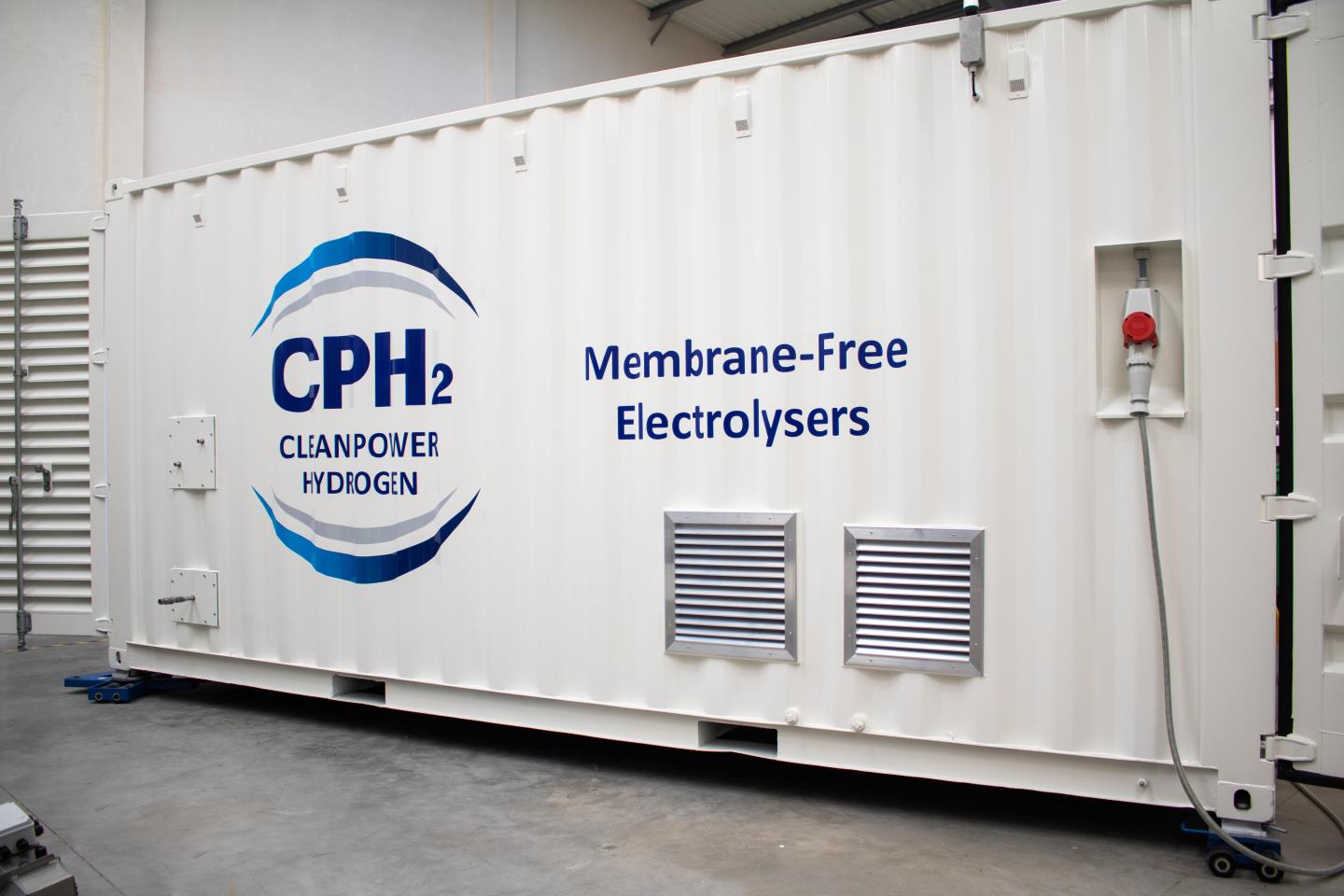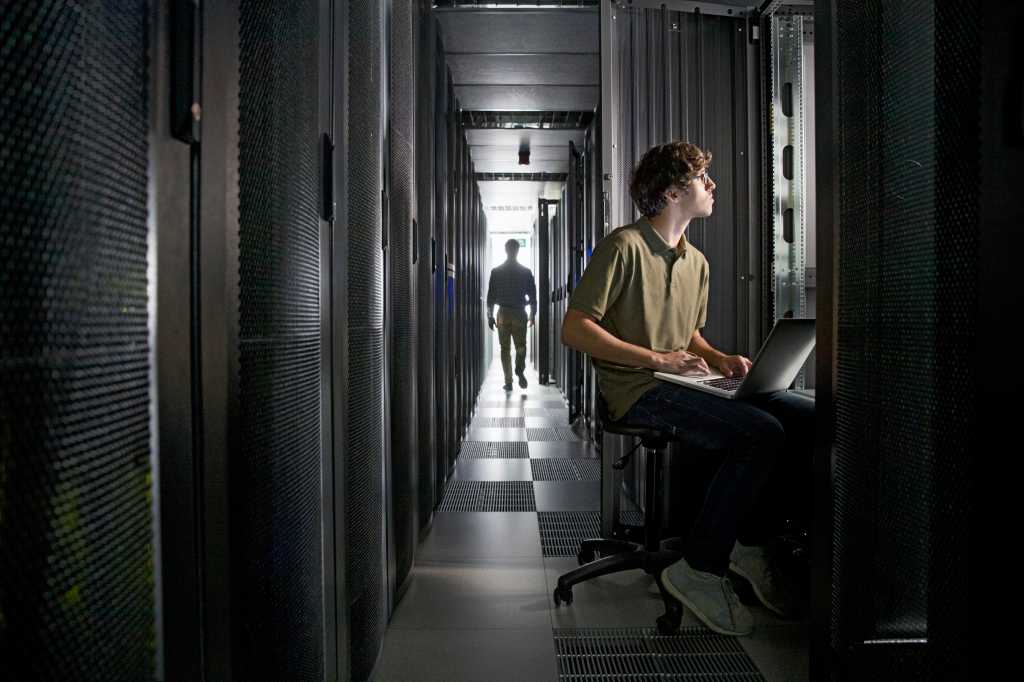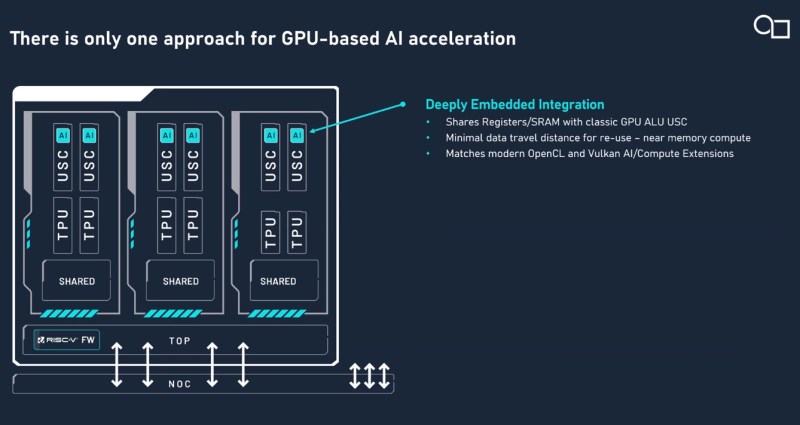I ran in the London Marathon this year.
That’s 26.2 miles with over 50,000 people on one of the most well-known marathon courses in the world.
Taking part led to me celebrating another checkmark on my lifetime bucket list.
They say persistence pays off, and after six times on the ballot, I found out on 3 February that my place was confirmed.
That left me just 12 weeks to train, and what I’ve learned in that time is how our bodies and minds are so much stronger than we think.
Marathon training has pushed me to limits I didn’t know I had and then showed me I could push beyond them.
I discovered the journey was not just about running, the most valuable lessons were found in the training and the quiet determination that will get me to the start line.
 © Supplied by Space Solutions
© Supplied by Space SolutionsExercise really does make us happy
We know stress and anxiety levels are at record highs, and we also know that exercise is one of the best ways to manage our mental wellbeing.
Research shows that after just 15 minutes and nine seconds of exercise, people start to feel a positive uplift.
Now, a marathon is a bit longer than 15 minutes, but it’s a starting point.
Each run releases a cascade of neurochemicals—endorphin boost, increased serotonin, and cortisol reduction—all nature’s own stress relievers.
During the longer weekly runs, I felt my anxieties dissolve with each mile.
A simple escapism to get me away from the daily mental stimulations.
I was getting outside, away from home and work, and was given a feeling of freedom and control in a world which at times can feel overwhelming.
Between constant notifications, family responsibilities and work, finding time for myself initially felt selfish.
But I’ve learned that this time isn’t about prioritising myself over others, it’s about mapping time so everything else can fit properly.
Those hours of training weren’t stolen from my family, friends and life commitments; they were investments that made me more present, more patient, and more productive in all aspects of life.
 © Supplied by Krisztian Elek/SOPA
© Supplied by Krisztian Elek/SOPAWe just need to show up
Marathon training isn’t about speed; like anything in life, it’s about showing up.
On the darkest training days, jogging through that driving Scottish rain and questioning my sanity, I discovered that consistency transforms the impossible into inevitable.
The discipline of sticking to a plan, without excuses, builds a resilience that extends beyond running.
A marathon isn’t for everyone, but consistent commitment to your wellbeing is universal.
While countless books explore running for mental health, reading alone doesn’t create change. The hardest part is always taking that first step.
Today, I invite you to pause for five minutes and ask: what’s one thing can I start tomorrow that could still be part of my life in three months, a year, or three years?
Start slow, be consistent, and trust the process. Your own finish line awaits.























